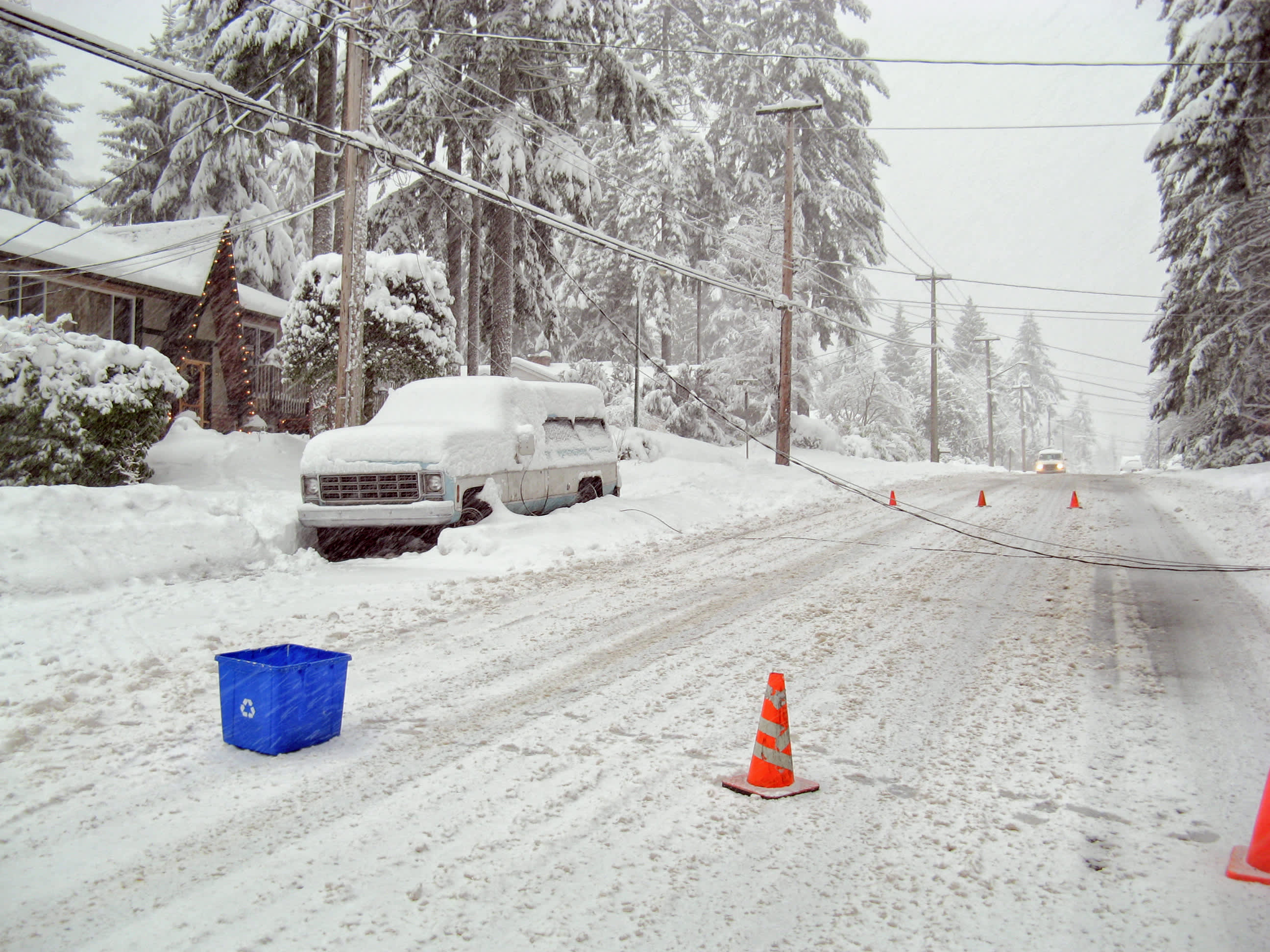It’s a good time to make sure your house is ready for Old Man Winter to show up.
Whether snow, ice, freezing or flooding, winter weather can cause a host of headaches for homeowners. And if you’re in a new house that you’re still getting to know, it’s especially worth taking steps to be sure you’re prepared.
“There are so many people that will be entering the winter as homeowners for the first time,” said Steve Wilson, senior underwriting manager at insurer Hippo. “They might not have thought about how to protect this big investment.”
More from Personal Finance:
Who can claim the home-office tax deduction
How to avoid tax bomb when selling your home
Must-know changes for the 2021 tax season
Sometimes, problems that arise are preventable. And even though homeowners insurance generally would cover weather-related damage, you’d still be responsible for paying your deductible — which may be anywhere from $500 to several thousand dollars or more.
In the first few months of 2021, winter weather caused a record $15.1 billion in insured losses, according to the Insurance Information Institute. Most of the claims arose from February storms that affected a large area of the U.S., especially Texas. For all of 2020, there was $1.1 billion in insurance claims due to winter weather.
Here are some tips to help avoid costly damage down the road.
Preventing frozen pipes
When water freezes, it expands, which can put a lot of pressure on your plumbing. Sometimes, that leads to a pipe bursting.
Depending on the extent of the damage caused or repairs needed, fixing a burst water pipe can cost anywhere from $400 to more than $1,500, according to home management website Thumbtack.com.
You may be familiar with the recommendation to let your faucets drip in freezing weather. Even if you do this, be sure you know where your water shut-off valve is located in case you need it, according to Hippo.
Additionally, it’s worth insulating your water pipes if they are not already wrapped. Be sure to also disconnect your outdoor hose or sprinkler system and have those pipes blown out, Wilson said.
And even if you’ll be away from home for an extended time, be sure to leave the heat on, set at 65 degrees Fahrenheit or so, Wilson said.
Protecting your roof
In freezing temperatures, ice dams can form when snow or ice melts on your roof and refreezes, essentially blocking drains and potentially weakening your roof, according to Hippo. Snow and hail may drive moisture behind your shingles, causing a leak.
There are ways to try preventing this from happening. If you’re able to remove snow from your roof, it’s worth doing so. You can buy a roof rake at a hardware store for this purpose, Wilson said.
In winter the danger is ice, because the trees or branches become very heavy and are more likely to fall, especially if they’re dead.Steve WilsonSenior underwriting manager at Hippo
Additionally, be sure your attic is not only insulated, but ventilated, as well. This helps prevent your roof from becoming warm enough to melt the snow on it when the air temperature is far lower.
Also be sure your gutters are clear of debris. And if there are trees with dead limbs that potentially could land on your roof, have them removed before snow or icy weather hits.
“In winter the danger is ice, because the trees or branches become very heavy and are more likely to fall, especially if they’re dead,” Wilson said.
Your fireplace
While wood-burning fireplaces add warmth and coziness to a home, they also should be well-maintained to avoid a chimney fire.
Make sure nothing is clogging the flue, and remove soot and debris, Hippo recommends. Also have a professional inspect your chimney for any cracks, loose bricks and missing mortar joints. If problems are discovered, have them repaired right away.
Your heating system
While winter weather won’t directly cause your furnace to fail, having it stop working during the bitter cold or a big storm could create an untenable situation.
“It may be $50 or $100 for someone to inspect your [heating] system,” Wilson said. “Compare that to if your furnace goes out in the dead of winter, the cost could be ten times as much to fix it.”
The bottom line, Wilson said, is that being proactive in preparing for extreme weather can end up saving you money in the long run.
